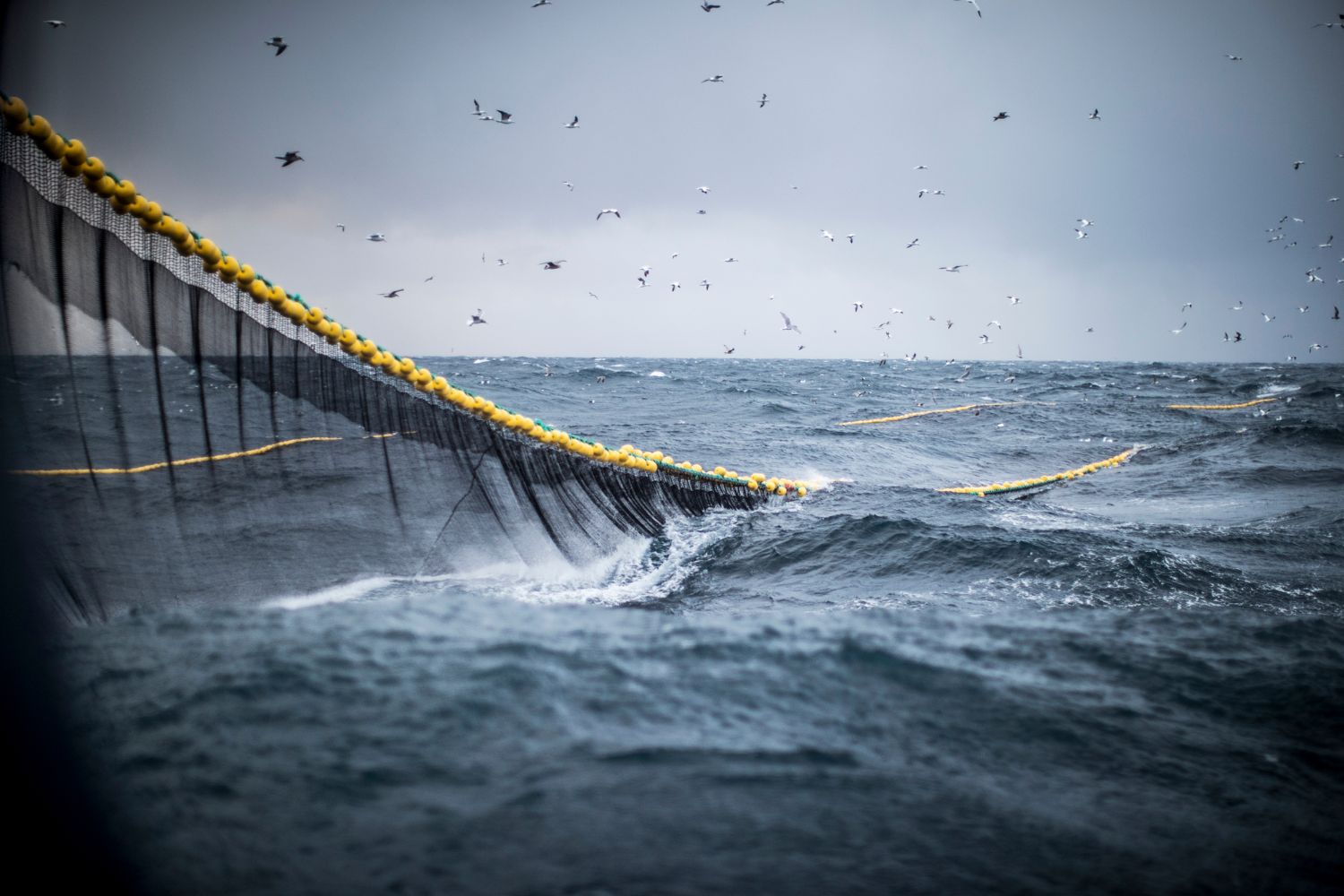Bottom trawling devastates marine ecosystems, killing indiscriminately. A new National Geographic film captures its horror — and demands action.

Stock Image/Canva
A sweeping shadow moves across the ocean floor. Every creature in its path panics, scrambling for cover. Fish dart, crustaceans dig in, and rays glide away at full speed. But the shadow advances relentlessly. In the end, it swallows everything.
This isn’t some dystopian fiction. It’s the brutal reality of bottom trawling, captured in stark, unflinching detail in the new National Geographic documentary Ocean with David Attenborough. In this rare and powerful footage, the destructive impact of one of the world’s most damaging fishing techniques is laid bare — and it’s as horrifying as you might imagine.
What is bottom trawling and why is it so destructive?
Bottom trawling is a method of fishing where heavy iron nets are dragged across the seabed by industrial vessels, scooping up everything in their path — fish, coral, turtles, dolphins, entire ecosystems.
Marine scientists have nicknamed it “underwater deforestation”. And it fits. These nets don’t discriminate. They destroy habitats, stir up carbon stored in the seabed (worsening climate change), and kill countless non-target species as collateral damage.
“It’s hard to imagine a more wasteful way to fish,” says David Attenborough in the documentary. “Over three-quarters of a trawler’s catch might be thrown back overboard.”
That’s because bottom trawlers are typically after one specific species — like cod, haddock, or halibut. Everything else is considered bycatch, and most of it dies either in the nets or shortly after being discarded.
What’s left behind? A ravaged seabed, depleted fish populations, and silent ecosystems that may never fully recover.
Collateral damage in the name of profit
Even though the European Union has started to take steps against this method, enforcement remains patchy. Greece was the first EU country to ban bottom trawling in marine protected areas, but other countries have been slow to follow.
Italy, for instance, only allows it in the Egadi Islands Marine Protected Area off Sicily, but violations and illegal operations are widespread. The rules exist on paper, but at sea, it’s another story entirely.
Filming the unfilmable
The documentary Ocean with David Attenborough almost never came to be — at least not in this form. Keith Scholey, co-director and executive producer at Silverback Films, explains:
“The number of animals killed unnecessarily by bottom trawling was the most disturbing thing we found.”
But they faced a challenge. No clear footage of bottom trawling existed. So they decided to create their own — ethically, and with minimal interference.
They installed cameras directly onto the nets of a commercial trawler, having obtained special permission. Initially, they were hesitant.
“We didn’t want to film it, because it meant being part of something so destructive,” Scholey admits.
Still, they knew people needed to see the truth. They also joined a team from the Marine Biological Association studying the environmental impact of scallop dredging, filming both that and the trawling process.
The resulting footage is gut-wrenching. It captures marine creatures twisting in agony on the deck of the vessel after being dragged up from the deep. Some scenes, Scholey says, were too graphic to include in the final edit.
“There are horrific shots of crabs being crushed by the dredge’s metal teeth.”
The full video premieres on Saturday, June 7 at 9:00 PM (local time) on National Geographic and will be available globally the next day — World Oceans Day — on Disney+ and Hulu.
A call to action
The documentary isn’t just a shock piece. It’s a rallying cry. The campaign Revive Our Ocean has launched a petition to ban bottom trawling in all marine protected areas.
It’s more than a plea — it’s a demand for basic ecological sanity. Because once these habitats are gone, they’re gone. And no seafood dish is worth that.
Sources: National Geographic / National Geographic/Youtube
